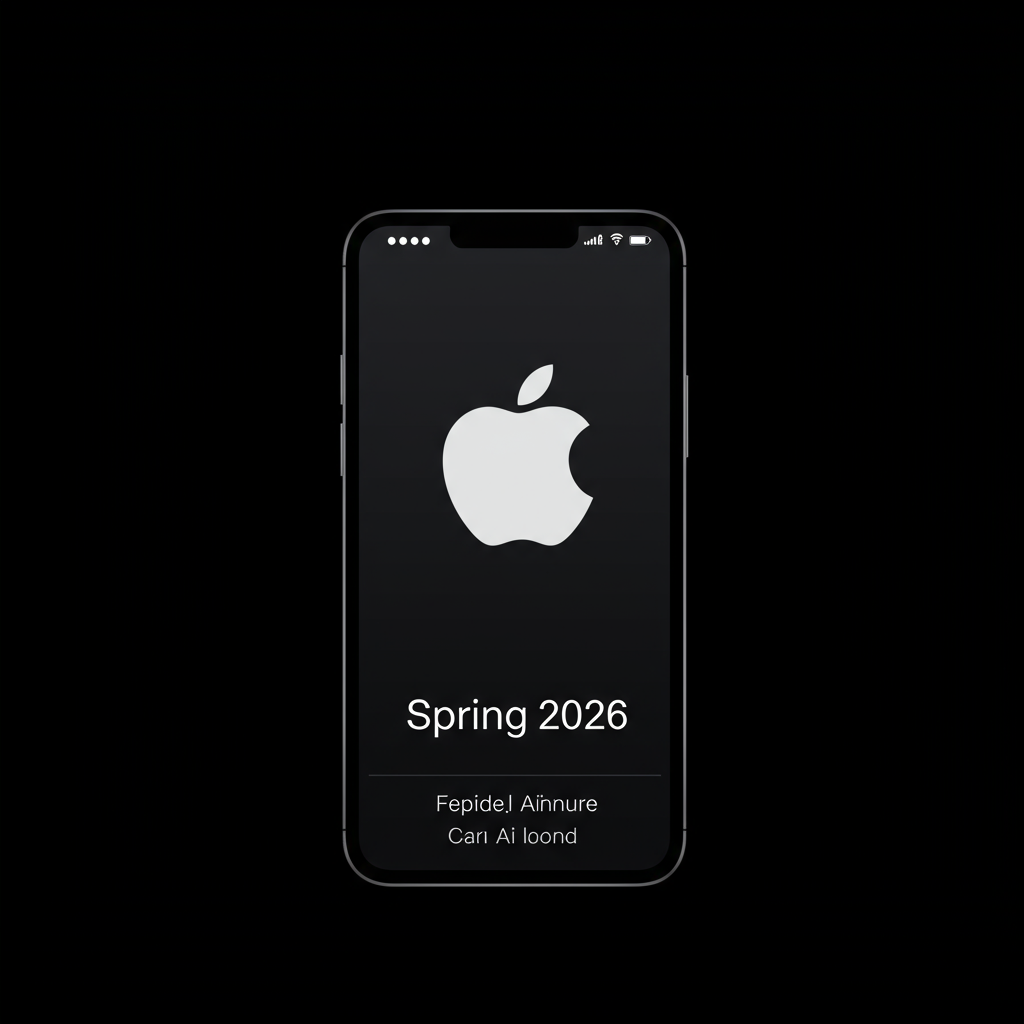Google is officially moving towards a dramatic consolidation of its operating systems. The tech giant has confirmed long-standing industry speculation: it is actively working to merge Chrome OS into Android. This ambitious undertaking aims to unify the two platforms into a single, cohesive experience spanning various device types.
The confirmation came from Sameer Samat, President of Google’s Android Ecosystem. In a recent interview, Samat explicitly stated that Chrome OS will no longer exist as a standalone operating system. Instead, the vision for the future is for devices currently running Chrome OS, such as Chromebooks and certain tablets, to operate on an Android-based foundation. This pivotal shift is designed to deliver a truly seamless cross-device experience for users within the Google ecosystem.
Why Google is Merging Chrome OS and Android
This move isn’t happening in a vacuum. It builds upon Google’s existing efforts towards architectural convergence. Chrome OS already shares the same Linux kernel and many underlying components with Android. Google is now pushing this convergence much further. The primary goal is to create an Android experience that is fully optimized for desktop and laptop form factors. This includes robust support for features traditionally associated with desktop computing.
The strategic drivers behind this significant change are manifold:
Streamlined Development: Operating a single core platform simplifies the engineering pipeline. Instead of maintaining and developing two separate operating systems with overlapping functionalities, Google can focus resources on a unified path. This efficiency could accelerate feature development and reduce fragmentation.
Enhanced AI Integration: A unified Android base provides a stronger foundation for integrating Google’s advanced AI capabilities, powered by Gemini. This is crucial as AI becomes increasingly central to how users interact with their devices, from phones and tablets to laptops and foldables. Tighter integration promises more powerful and consistent AI experiences across the board.
Boosting Tablet Competitiveness: Android tablets have historically struggled to compete effectively with Apple’s iPad lineup. By leveraging productivity-focused features from Chrome OS alongside Android’s extensive app library and touch optimization, Google hopes to create Android-based laptops and tablets that can finally rival the iPad in both usability and functionality.
The User Experience: Potential Benefits
This merger holds significant promise for users currently navigating Google’s diverse device landscape. A unified platform could unlock several key advantages:
Seamless Ecosystem: Imagine a single, consistent experience across your smartphone, tablet, and laptop. This merger aims to remove the friction points between devices running different Google operating systems, creating a more interconnected and intuitive workflow.
Fuller App Library: An Android-based platform on laptops means access to a vast and growing library of Android applications, running consistently across all your devices. While existing Chromebooks can run Android apps via a compatibility layer, a native Android desktop experience could offer improved performance and integration.
Simplified Compatibility: For both users and developers, a single OS means fewer compatibility headaches. Developing and using tools, apps, and services should become more uniform, requiring less effort to ensure they work correctly across different device types.
Developer Incentive: A larger, unified user base that includes both traditional Android phone/tablet users and former Chrome OS users presents a greater incentive for developers. They can build apps that target this expanded audience without needing to optimize for two fundamentally different operating systems.
Potential Challenges and Concerns
While the vision is compelling, integrating two complex operating systems is fraught with challenges. Industry observers and users alike have raised valid concerns about the potential downsides:
Software Updates & Fragmentation: Chrome OS is renowned for its consistent, reliable, and frequent monthly updates delivered smoothly across a wide range of hardware. Android, in contrast, has a history of update fragmentation, often varying significantly by device manufacturer and carrier. There is significant concern that transitioning Chromebooks to an Android base could sacrifice the robust update system that is a major strength of Chrome OS.
True Desktop Experience: Chrome OS was purpose-built for a desktop/laptop environment, optimized for keyboard, mouse, and multi-window use. Android originated as a mobile OS. A key question is whether a desktop-optimized Android will genuinely match the usability and efficiency of the current Chrome OS desktop or feel like a stretched-out mobile interface, as is sometimes the case with current Android desktop modes. Significant engineering effort will be required to ensure a fluid and productive desktop experience.
Hardware Optimization: Chrome OS is highly optimized to run efficiently on relatively minimal hardware, contributing to the affordability of many Chromebooks. Android can run on minimal hardware too, but optimizing it for the specific demands of laptop form factors and diverse hardware configurations from various manufacturers will be complex. There’s a risk the new platform might be less optimized for lower-spec devices.
Google’s Track Record: Google has a history of launching products and then altering strategies or discontinuing them. Some users and analysts are skeptical about Google’s ability to successfully execute such a massive, multi-year transition and stick with it long enough to deliver a polished, competitive product. This perceived instability adds to the risk for both users and hardware partners.
Security Model: Chrome OS has a strong reputation for its security features, including verified boot and sandboxing, alongside its reliable updates. How these specific security strengths will translate into an Android-based system for laptops and what the potential implications are remains to be seen.
Market Context and the Competitive Landscape
This strategic move must be viewed within the broader personal computing market, which is seeing significant shifts, particularly with the rise of Arm-based computing. Apple currently dominates this space with its M-series Macs and iPads, offering powerful, integrated hardware and software at competitive price points, often targeting the same student and casual user demographics that Chromebooks serve. Microsoft is also making strides with Windows on Arm devices and its Copilot AI integration.
Google’s merger is partly a response to this pressure. Existing Chromebook support for Android apps is often clunky because the apps aren’t optimized for desktop input (keyboard/mouse). A native Android desktop could solve this, offering a more compelling alternative to devices like the iPad Air.
AI is seen as the next major battleground in computing. Google’s deep integration of Gemini across its services positions it strongly. An Arm-based laptop running a Gemini-enhanced Android could offer unique AI features. Google is also investing in custom silicon, like the upcoming Tensor G5 chip expected in 2025, crucial for delivering the performance and efficiency needed for future Arm laptops, though they are playing catch-up to Apple’s silicon lead.
Furthermore, an ongoing legal dispute between Arm and Qualcomm could potentially impact the Arm ecosystem for competitors, potentially creating an opportunity for Google to solidify its position if it can navigate the transition successfully.
Antitrust Implications
The potential merger also has significant implications for Google’s ongoing legal battles, particularly the US Department of Justice’s antitrust case. This unification could strengthen the DOJ’s argument that Google wields excessive control over critical technology infrastructure.
A unified platform covering smartphones, tablets, and laptops, tightly integrated with Google Play Services and the Play Store, could give Google unprecedented power over hardware manufacturers, app distribution, and online services. Regulators fear this could further entrench Google’s dominance and stifle competition.
The existing antitrust case already focuses on Google’s alleged monopolies in search and advertising, linked to its control over platforms like Chrome and Android. Remedies proposed by the DOJ, such as divesting Chrome or Android, become significantly more complex if the platforms are deeply merged. Untangling AOSP (Android Open Source Project) from GMS (Google Mobile Services) and the Play Store is seen as potentially destabilizing, given developers’ reliance on GMS APIs.
One complex potential regulatory solution discussed involves moving the core Android/Chrome OS to a neutral open-source foundation while spinning off GMS and the Play Store into a separate, perhaps consortium-owned, entity. This aims to democratize the platform while maintaining necessary services, though it faces challenges like ensuring consistent oversight and preventing fragmentation among device manufacturers. The potential impact on the vast Internet of Things (IoT) ecosystem, heavily reliant on Android, is also a concern, with fears of fragmentation if the platform were forced apart.
The situation is more complex than the historical Microsoft antitrust case involving Internet Explorer, as Google’s platforms are far more deeply integrated. The outcome of this legal dimension could profoundly shape the future of the tech industry, balancing competition goals with ecosystem stability.
Signs Pointing to the Shift
Even before the explicit confirmation, several signs suggested a deeper integration or merger was underway. Google has been testing versions of Android with enhanced desktop modes, including improved windowing tools and Linux terminal support – features previously core to Chrome OS. Reports of a new “Pixel Laptop” prototype running a desktop-optimized version of Android instead of Chrome OS further fuel this speculation.
Additionally, the pace of new Chromebook releases appears to have slowed significantly in 2025. This observed slowdown could be a deliberate strategic pause as Google prepares the market and its hardware partners for a larger operating system transition in the near future. While the exact timing remains uncertain, such a complex process will likely take several years to fully implement and roll out across devices, rather than happening overnight.
Frequently Asked Questions
What exactly is the Google Chrome OS and Android merger?
Google is planning to combine its two primary operating systems, Chrome OS (used on Chromebooks) and Android (used on phones and tablets), into a single, unified platform. This means future laptops and tablets currently running Chrome OS are expected to transition to an Android-based system that is optimized for desktop and laptop experiences, not just touch.
Why is Google merging these operating systems?
Google aims to streamline its software development by focusing on one platform instead of two. The merger also seeks to enhance cross-device experiences, improve the integration of advanced AI features like Gemini across all device types, and make Android tablets and laptops more competitive against rivals like Apple’s iPad by leveraging Chrome OS’s productivity strengths.
What are the main concerns about the Chrome OS and Android merger?
Key concerns include the potential impact on Chrome OS’s reliable software update system, which could become more fragmented like current Android updates. There are also worries about whether a desktop-optimized Android will provide a true, efficient laptop experience or feel like a mobile interface stretched onto a larger screen, and doubts about Google’s historical track record with major platform shifts.
Conclusion
Google’s confirmed plan to merge Chrome OS and Android marks a watershed moment in its platform strategy. The vision of a unified, seamless ecosystem across phones, tablets, and laptops powered by a desktop-capable Android is ambitious and holds significant potential benefits for users, developers, and Google’s competitive standing, particularly in the growing Arm-based computing market.
However, the path forward is complex. Integrating two distinct operating systems while preserving the strengths of each, addressing user concerns about updates and desktop usability, and navigating potential regulatory hurdles related to market dominance will be a monumental task. Success is far from guaranteed, requiring flawless execution over several years. The industry and users will be closely watching to see if this bold move results in a “best of both worlds” scenario or introduces new challenges. The future of Google’s hardware ecosystem hinges on getting this right.


